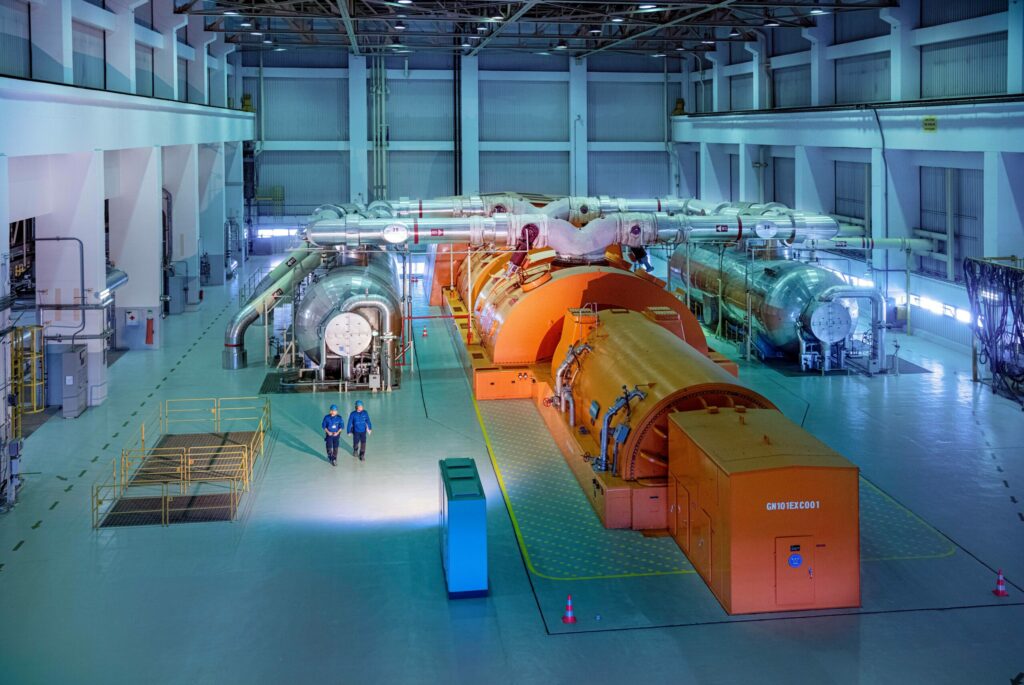Being independent from the energy grid is more appealing than ever. Integer Technologies is turning it into reality
“The first slight heatwave is now behind us and the cooling system worked extremely well,” says Antoine Post enthusiastically. When we spoke to him at the beginning of the year, he was still getting used to living in his own experiment. In the meantime, he is completely at home in CASA 1.0
Economic and polluting burden
IEA figures show that coal generated about 20 percent of the electricity in the country in 2020. Last year, the Slovenian government announced that it will phase out coal by 2033. Block six of the Šoštanj power plant is the main coal-powered plant in the country. A report analyzed the different scenarios for the plant until 2030, forecasting that the plant could generate at losses of up to € 830 million. This is due to high CO2 prices and fuel costs. In light of the analysis, the plant might shut down earlier than the original deadline.
NextGeneration EU
The corona crisis is one of the biggest challenges of our time. The European Union, through NextGenerationEU – the largest recovery plan ever at €806.9 billion – aims to help its member states emerge stronger from the crisis. The Recovery and Resilience Facility (RRF) is at the heart of this plan (€723.8 billion).
The RRF has two goals: first, to pull the European economy out of the recession caused by the corona pandemic. At the same time, it is designed to give an impetus to important investments for the future and measures for rolling out reforms.
All 27 member states have submitted plans. Whether all the money is actually disbursed depends on a final assessment of the projects. For example, countries must spend at least 37 percent of their budgets on climate action and 20 percent on digitalization.
Strategies
Since the appointment of the new government which is led by Prime Minister Robert Golob, a shift in energy policies is expected. Golob used to be the chair – and co-founder – of the state-controlled GEN-I – an energy trading company. According to Umanotera’s project manager, this could change the approach toward energy supply.
He took part in the writing of the Green Recovery Tracker report for Slovenia.
Sonnenschein: “He is an expert where energy trading is concerned and he has a very clear agenda when it comes to the development of solar energy. In that respect, I am more optimistic than a few years ago. But there is still one elephant in the room, nuclear power.”
Slovenia shares the Krško power plant with Croatia. It’s the only reactor in the country, producing – in 2019 – 36 percent of the country’s own electricity. The plant will close by the latest in 2043, while talks are ongoing about building a new one. “There will certainly have to be a referendum, spatial planning procedures, a cross-border impact assessment, and so on. At the moment, I don’t see how new nuclear power can make a significant contribution to short- to mid-term decarbonization” the climate expert adds.
Not enough green spending
The Green Recovery Tracker report for Slovenia – written by E3G, the Wuppertal Institute, and Umanotera – made its own calculations on the proportion of green expenditure in the Slovenian RRP. The analysis showed that only 21% of the budget is devoted to green targets. That is far less than the 37% set by the European Commission.
Moreover, the plan even includes potentially harmful investments such as the financing of natural gas filling stations. “Another investment aims to improve the productivity of SMEs and reduce their climate impact. This could obviously be a good idea, but the first tenders published under this investment section are very disappointing. They are only asking for a 10 per cent improvement in energy efficiency,” Sonnenschein points out.
Energy efficiency and green mobility are central to Czech plans
The Czech Republic is not exactly the cleanest kid in the class. In order to meet the EU’s climate targets, the heavy reliance on coal must be scaled back and the proportion of renewable energy needs to be increased. However, with green energy making up fifteen percent of the country’s energy consumption, this figure is still very low.
Overall, the researcher harbors some reservations about the implementation of some of the initiatives included in the plan, as well as the actual set-up of the projects. “The description of several investments in the Slovenian RRP sounds quite green, but their actual contribution to decarbonization will depend on their specific implementation, which we will critically monitor and assess. Moreover, the RRP is only a small piece of the decarbonization puzzle. Other sources of funding and supplementary policy instruments, such as regulation and taxation, will need to be directed towards carbon neutrality,” the climate expert summarizes.
In the picture, the turbine generator of the Krško power plant
Source link : https://innovationorigins.com/en/slovenia-needs-to-be-more-ambitious-to-achieve-its-green-transition/
Author :
Publish date : 2022-07-26 07:00:00
Copyright for syndicated content belongs to the linked Source.
